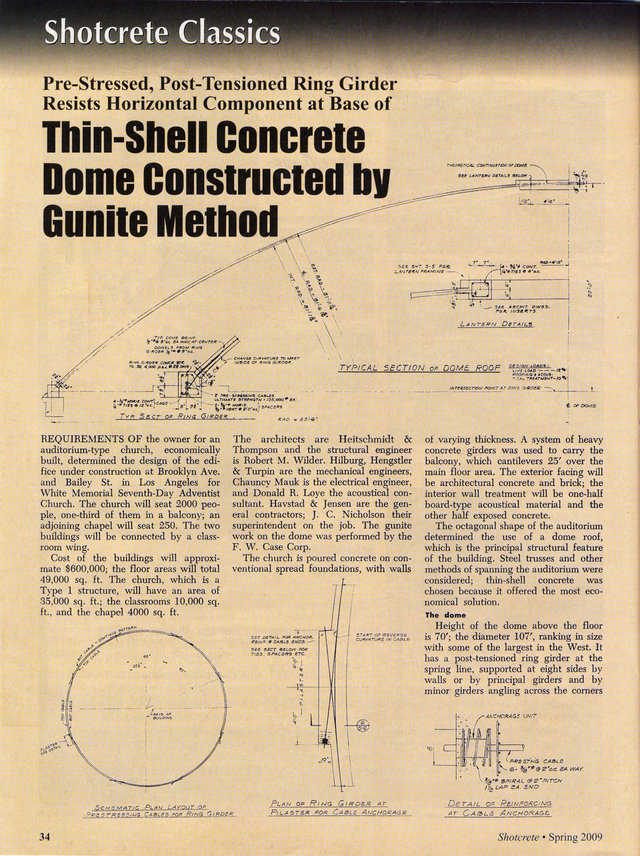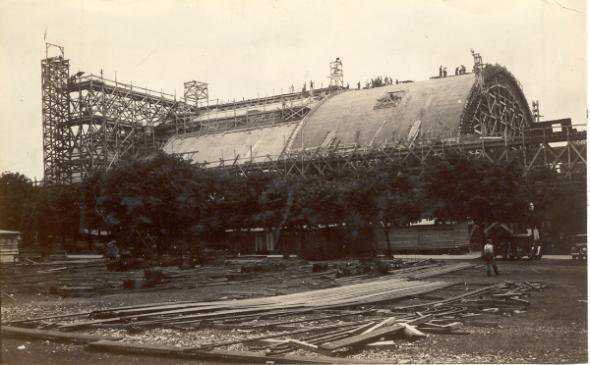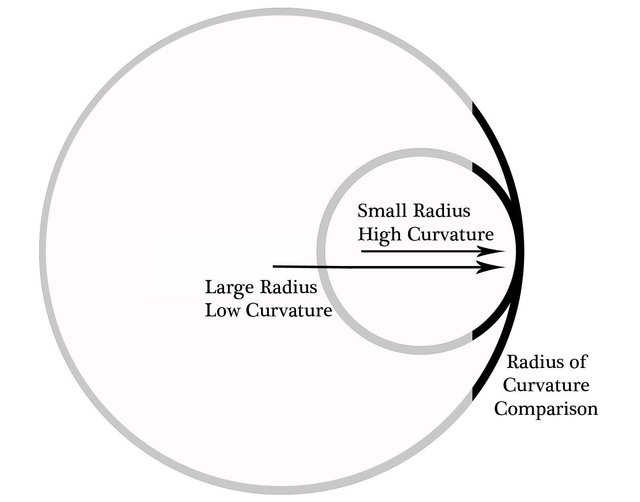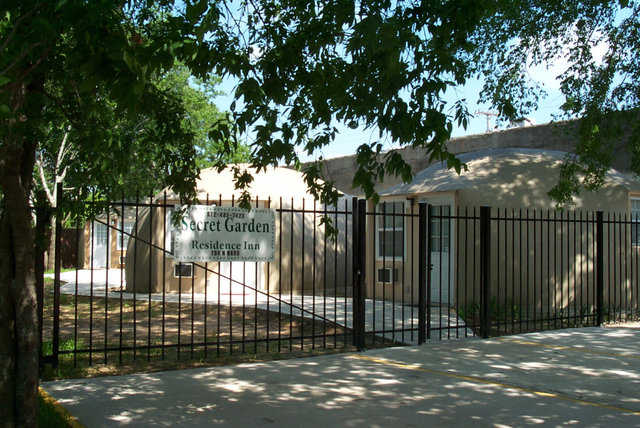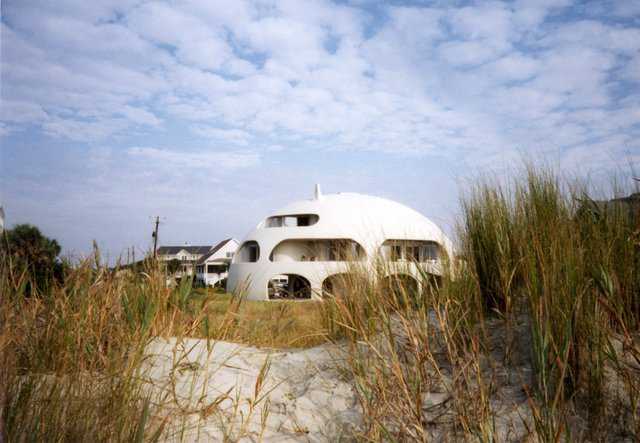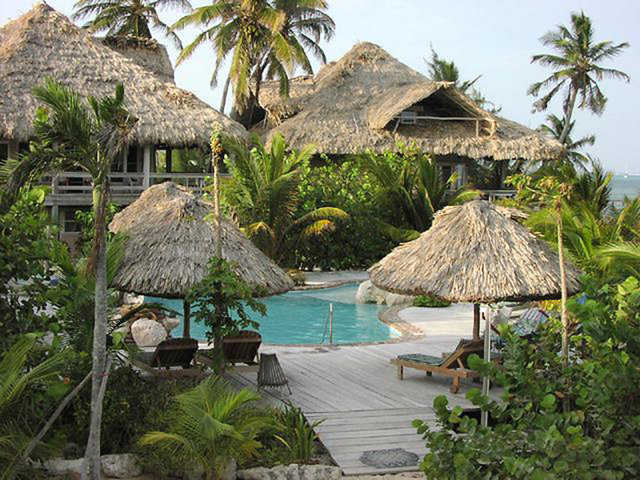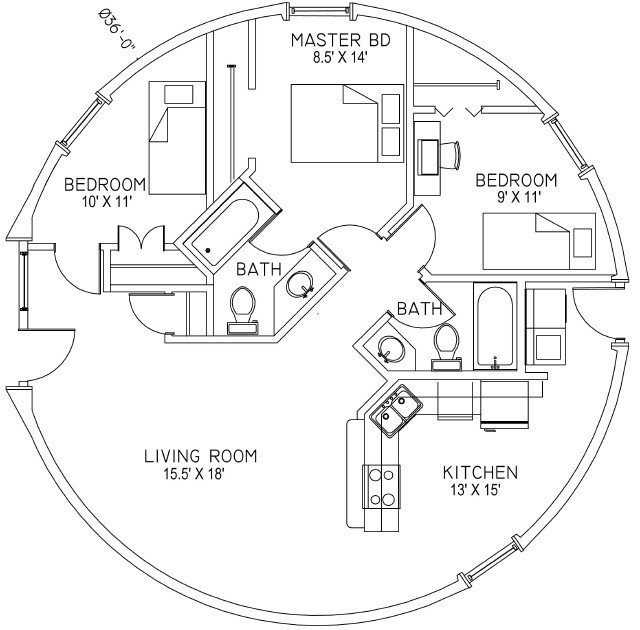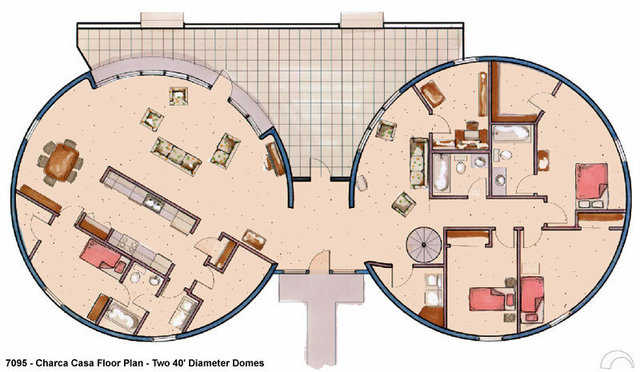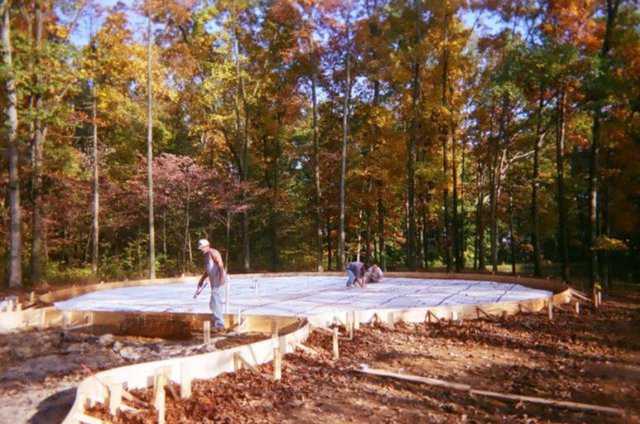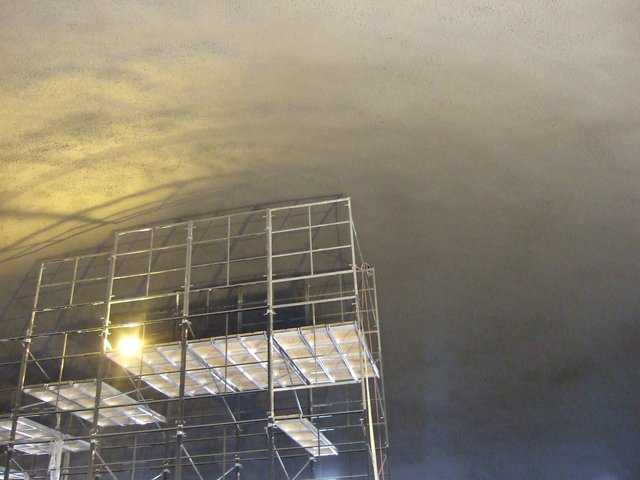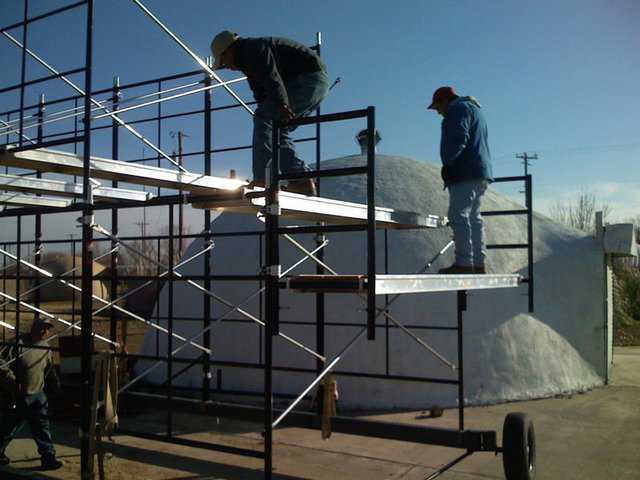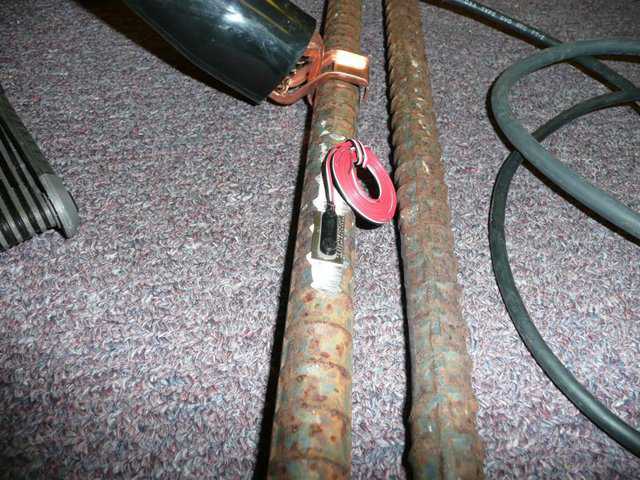Buckling Analysis of Reinforced Concrete Domes—Excel Spreadsheet
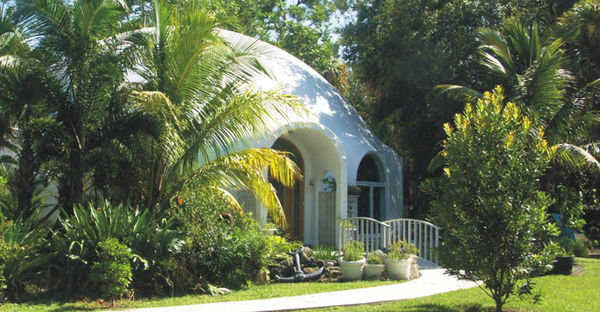
The first factor Kollar and Dulacska considers is that the materials of shells are elastic at most only up to a certain limit; after this they become plastic (“physical nonlinearity”). Due to the intricacy of shell-buckling problems, only a few attempts have been made to assess theoretically the effects of plastic behaviour. Hence, they use a simple approximate method that corrects the results of elastic stability theory by taking the effects of plastic behaviour of the material into account.
